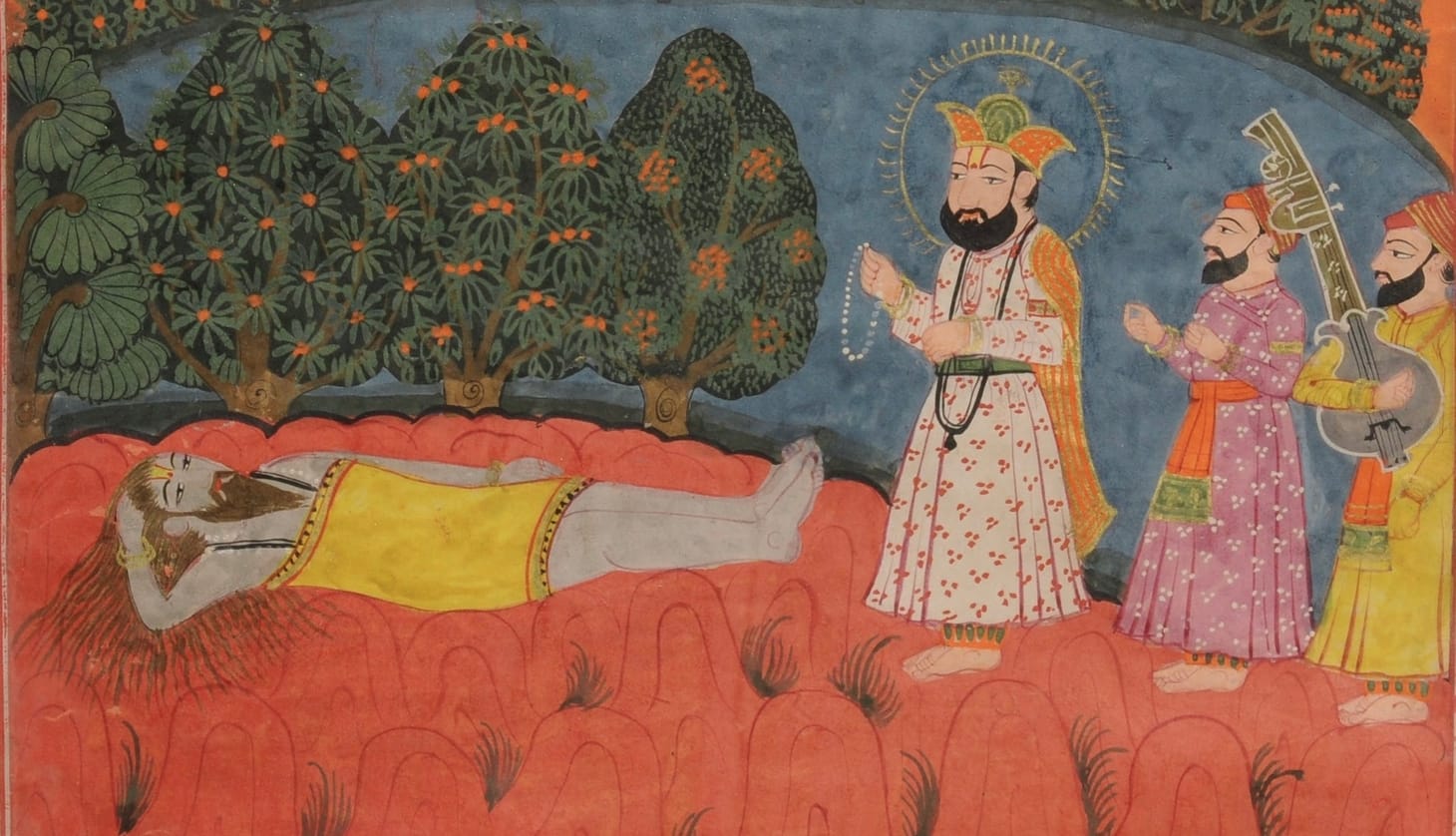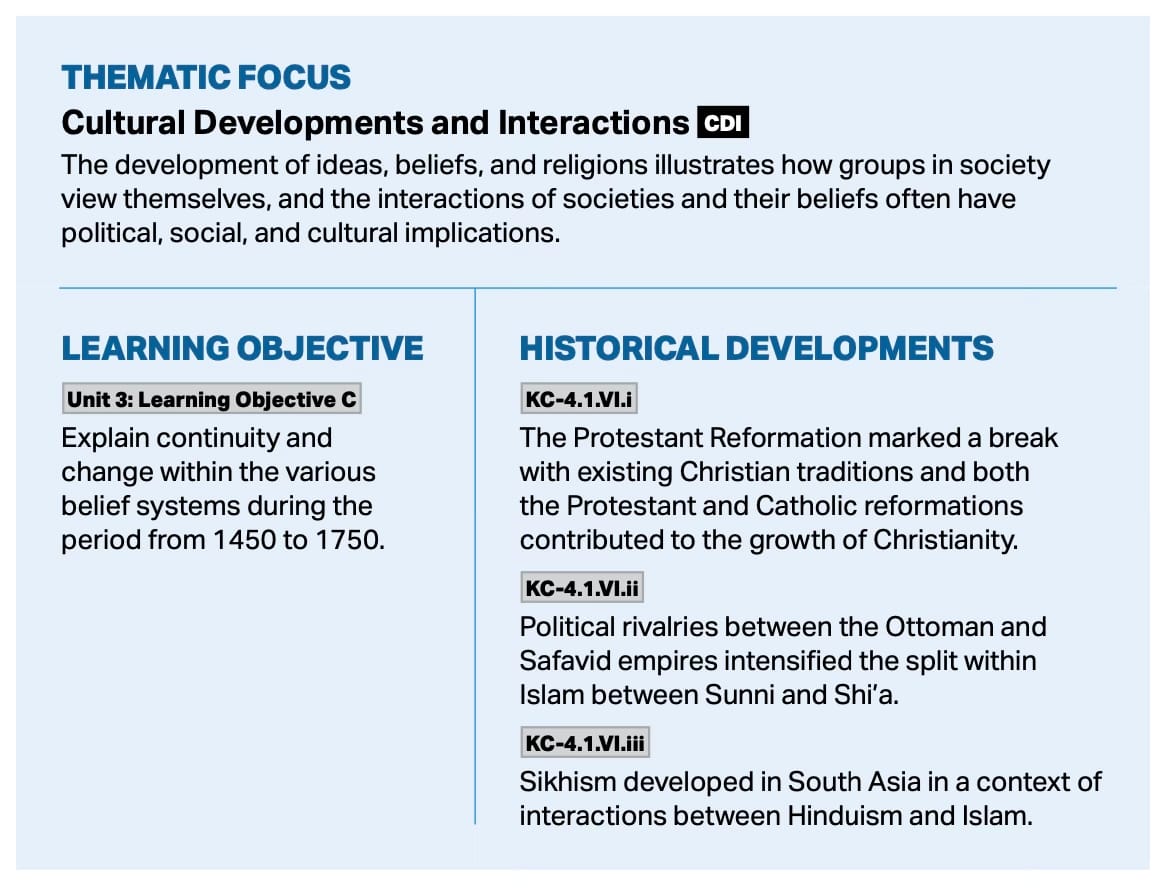“One May Be a Qadi, a Mullah, or a Sheikh, a Yogi”: Teaching the Origins of Sikhism
Discussion of teaching the historical context of Sikhism


For most world history teachers, it’s important to emphasize the context in which Sikhism developed. In the late 1400s and early 1500s, both Hinduism and Islam were widespread in India. Both traditions influenced Guru Nanak, the founder of Sikhism.
The Source
This Content is for Subscribers on the Buy Me Lunch and Buy Me Dinner tiers
SubscribeAlready have an account? Log in



